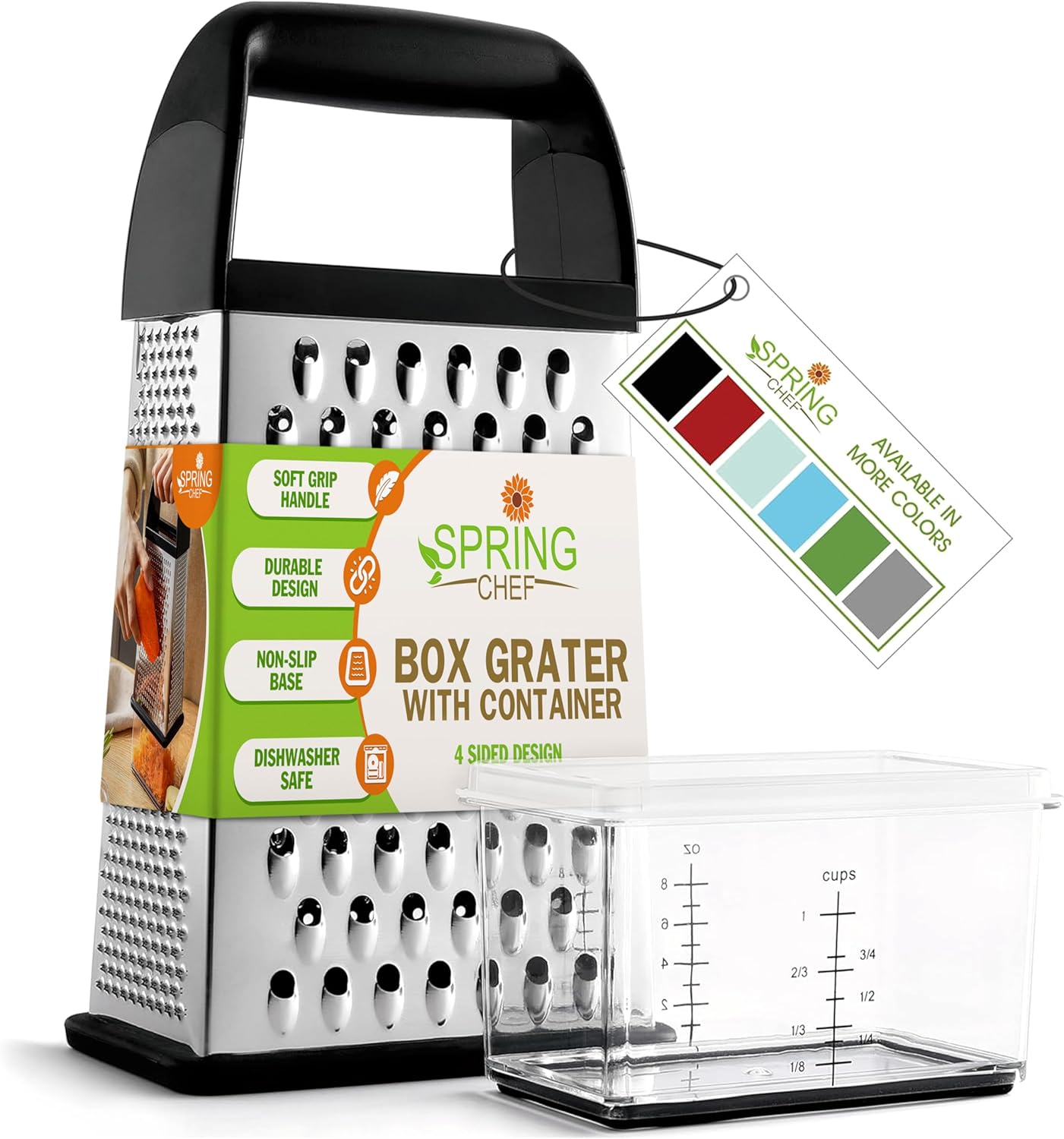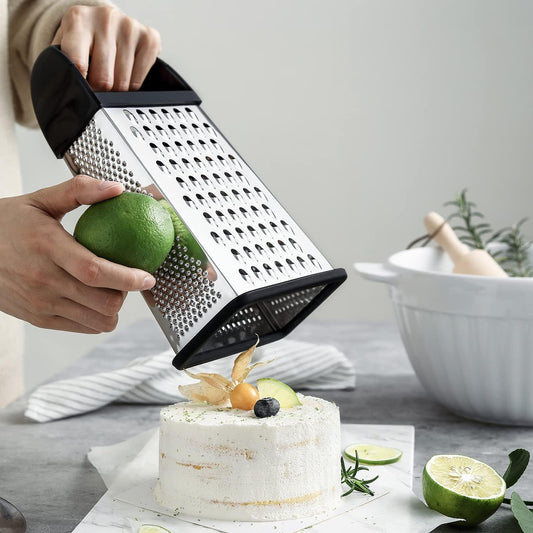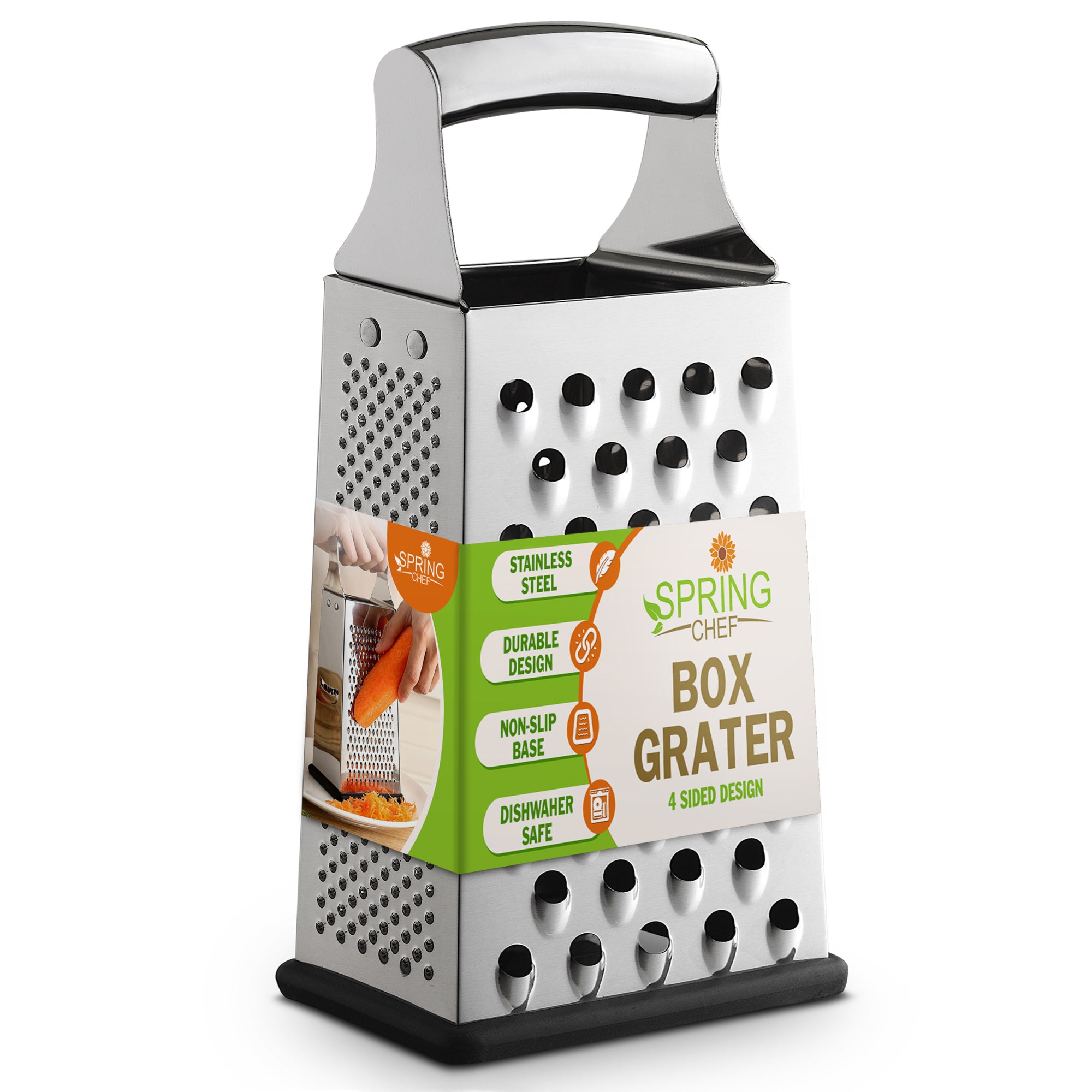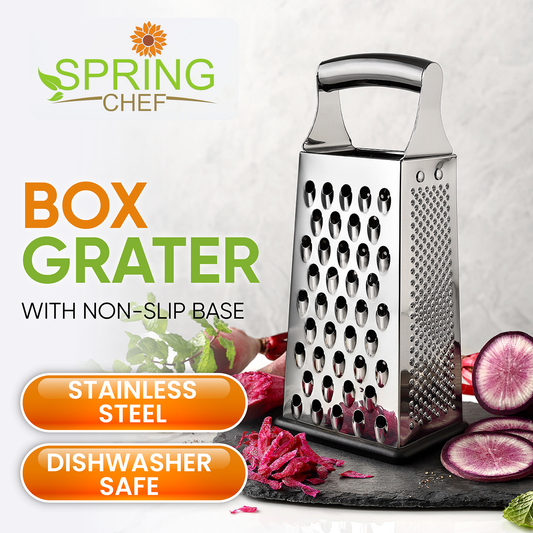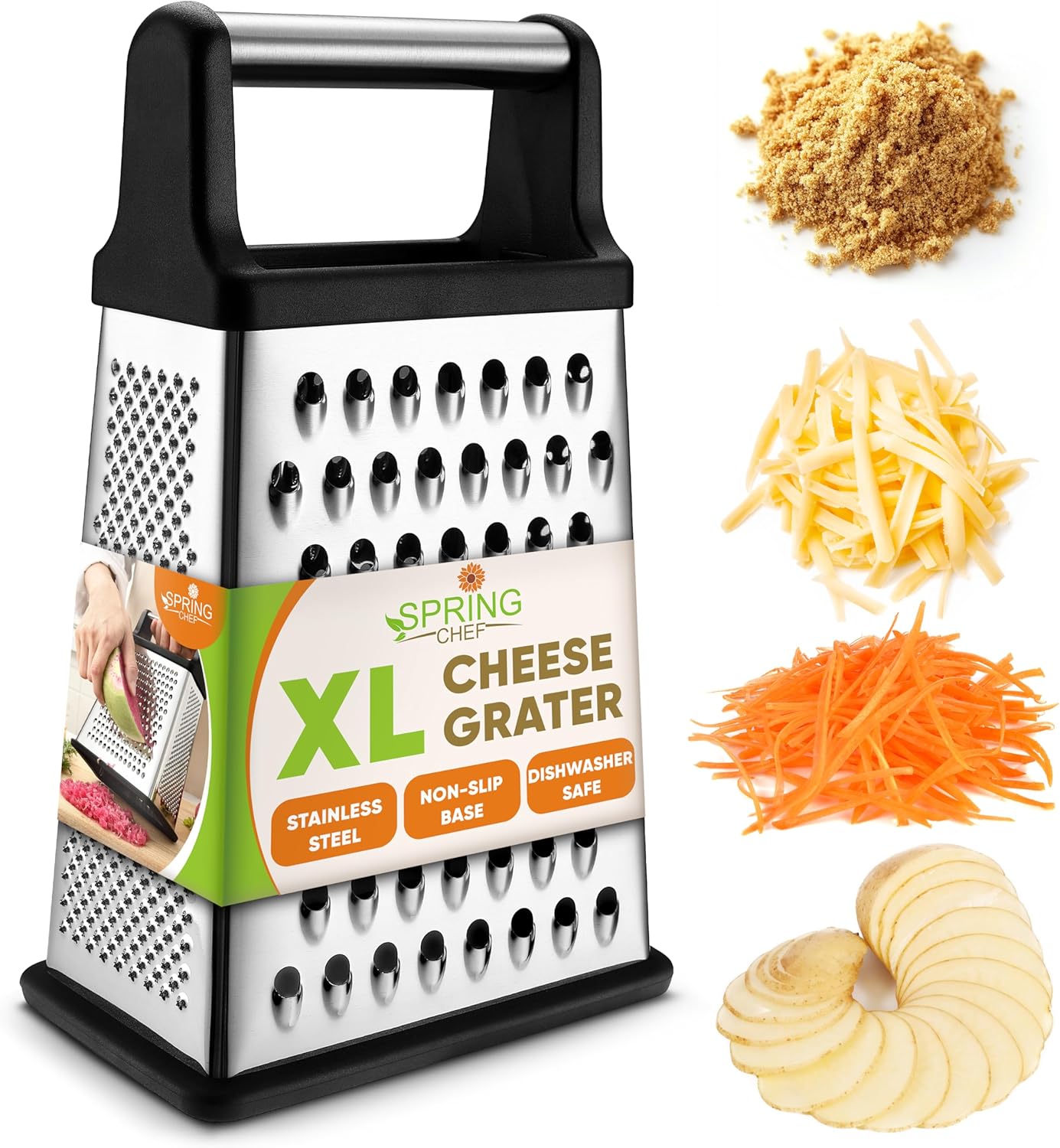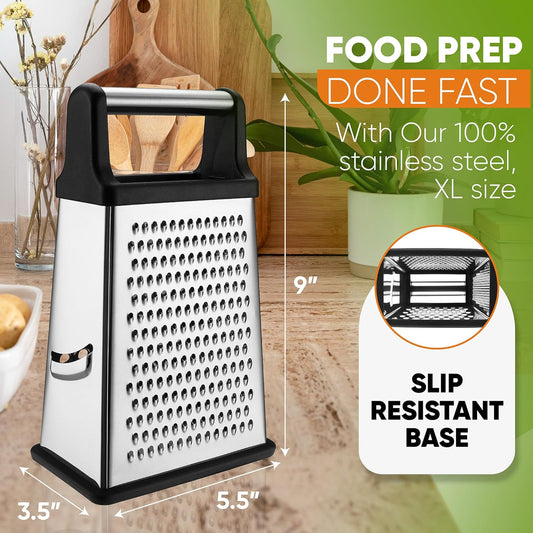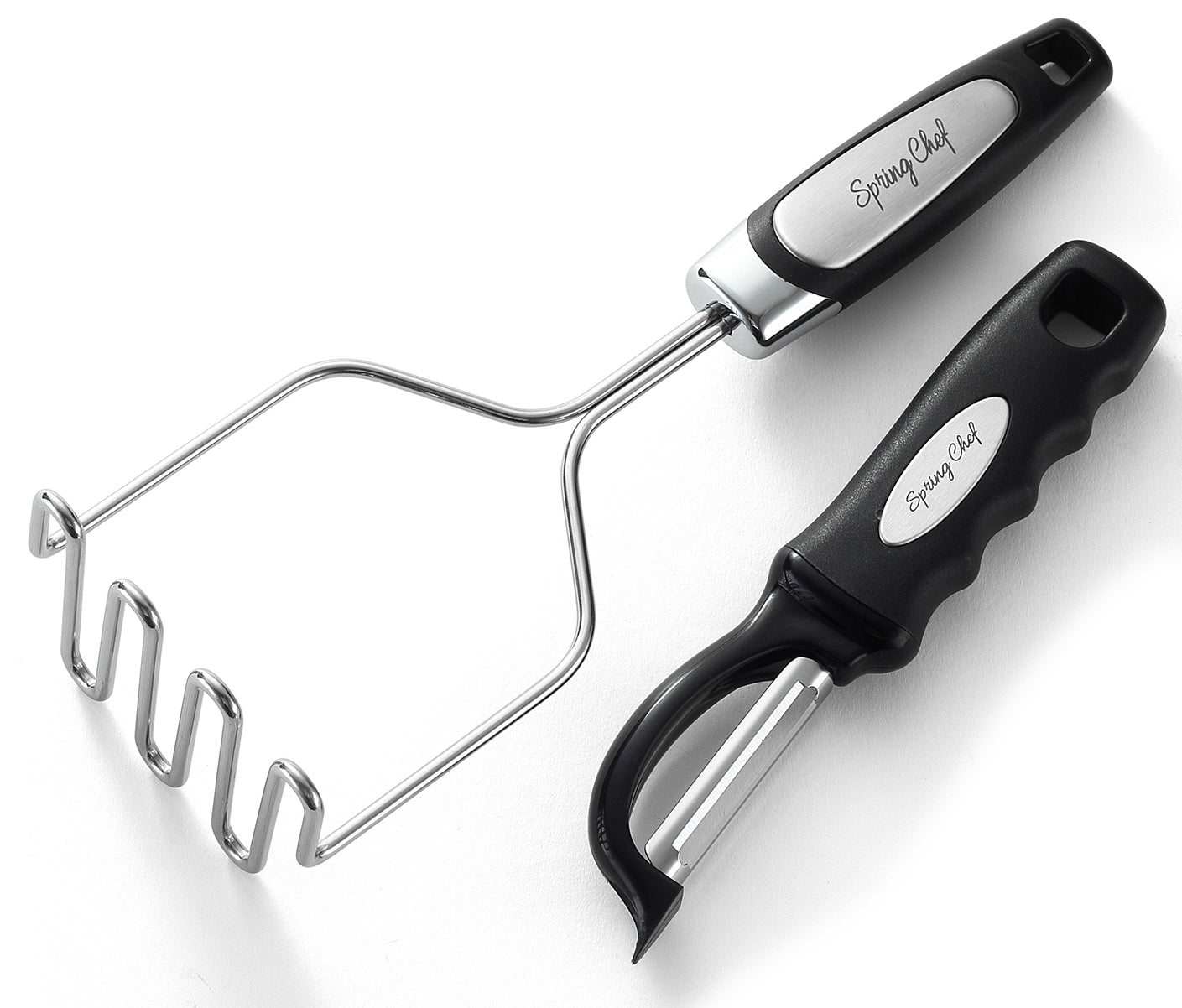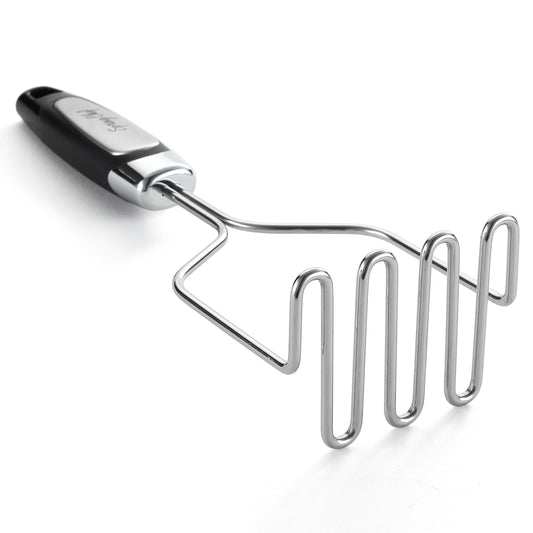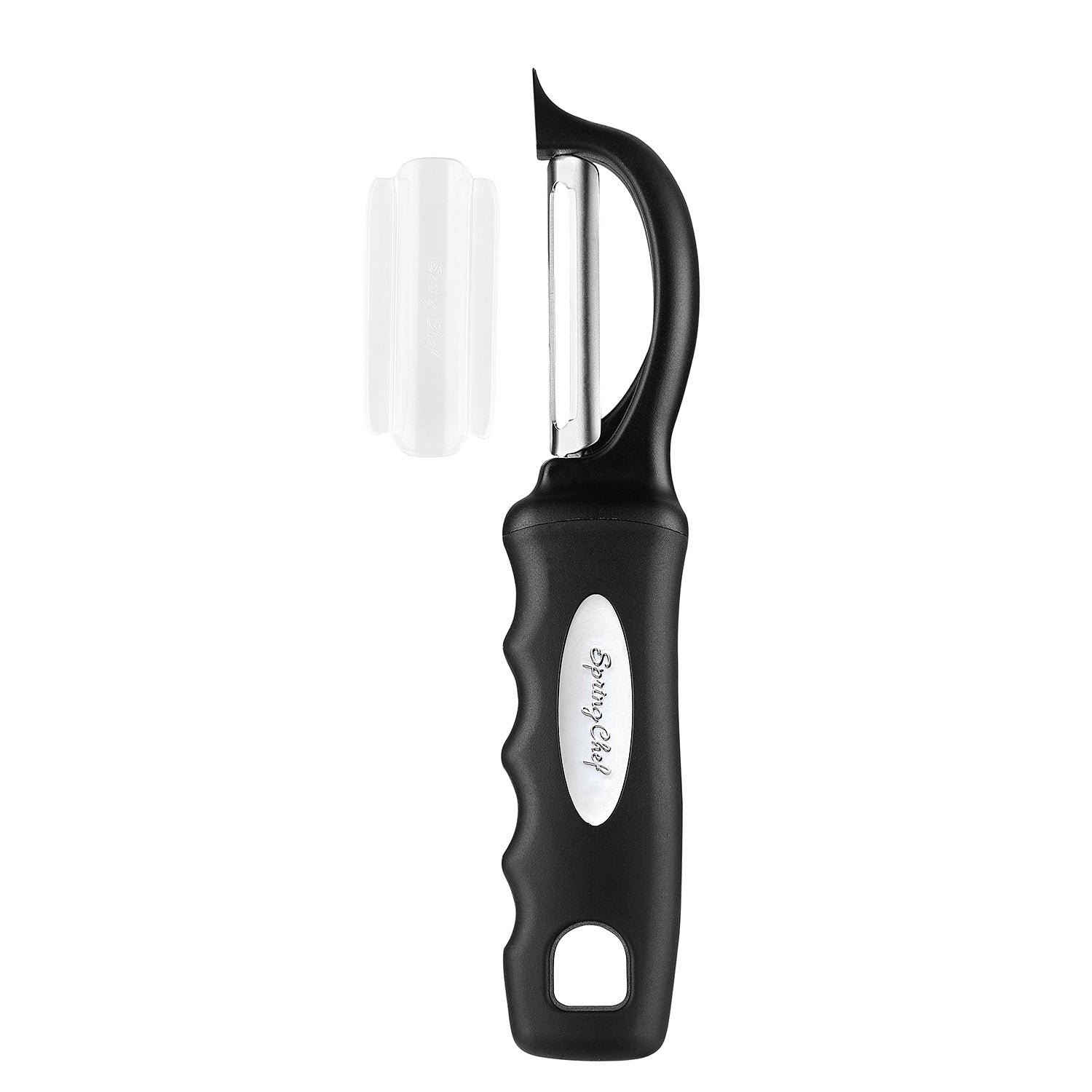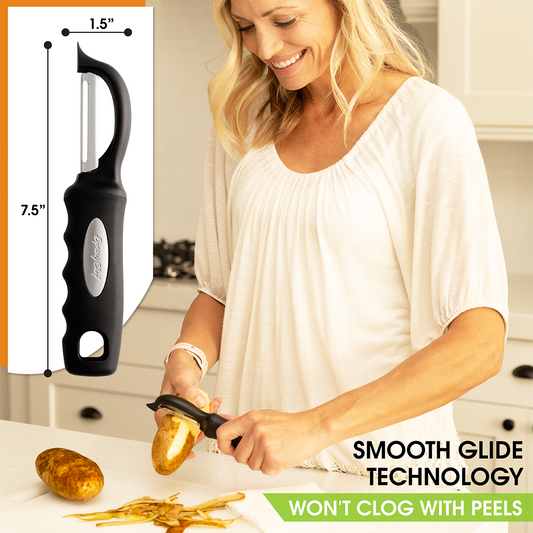Light Versus Dark Baking Pans
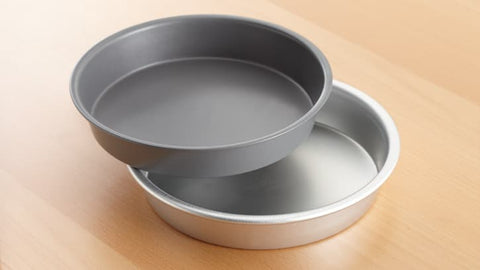
Unless you bake for a living, it’s likely that you only have one or two baking pans in your kitchen. You may have bought them as a set and they match or maybe you built your collection as you felt the need over time. There’s a wide assortment of baking pans that vary in shape, size and color. You’ll find silver, dark and even black baking pans, but you might’ve now known that the color serves a particular purpose.
In this article, we’ll explore the difference between light and dark baking pans and when we recommend picking each one.
What is the difference between light and dark pans
Light baking pans such as silver or light gray are ideal to reflect the heat. Dark pans, on the other hand, absorb heat. These two features might not seem important but they actually make all the difference when it comes to baking. The difference in these shades is vital for when you choose your baking pan.
Dark metal sheet pans naturally absorb more heat, which means it’ll radiate stronger off the surface and result in higher temperatures. In contrast, light baking pans absorb much less heat, and reflect it instead; this makes light pans ideal for cooler or less hot temperatures.
When to use dark or light pans
First off, we should mention that using light or dark colored baking pans is a matter of personal choice. However, if you’d like to know which type is most fitting for your meals and recipes, there are a few pointers to look out for. If you’re looking to brown your food at the bottom or let it reach a higher temperature, then a dark pan will do the trick. Dark pans are perfect for pizza or vegetable roasting, when you want the surface to turn a rich brown color.
If you’d like to achieve an even and smooth baking where there’s no browning in the bottom, then go for a lighter-colored baking pan, because it’ll absorb much less heat. You can pick a light pan, for example, to bake all sorts of cakes and cookies.
Tips to use both types of pans
So by now you’ll have a clearer idea of what type of baking pan to choose according to your baking needs. Still, there are some useful tips you can follow in order to make the best of each type of pan.
For darker pans, make sure to drop the temperature of the oven by 25ºF and the baking time by 25 percent, so you’ll be sure to not heat up your food or let it brown too much or too quickly. Place the baking pan on the center rack of the oven and, if you can, place a baking sheet so create a protective layer.
On the other hand, if you have light baking pans and nothing else in your kitchen, you can still make recipes that call for dark-colored pans. You just need to set the oven 25ºF higher than what the recipe calls for, so you can provide better heat in the same amount of time with the same results.

